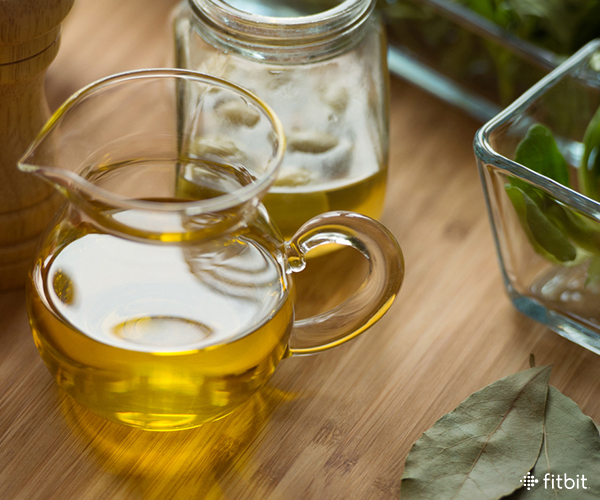Nutrition Technology Optimization
Nutrition Tech
Apps, digital solutions and “smart” devices are flooding the market to cash in on interest in eating for weight management, better performance and health enhancement.
Can technology improve people’s eating habits? This is the multibillion-dollar question challenging developers. Consumer applications and integrated digital solutions for food tracking, menu planning, grocery shopping, eating out, and nutrition and lifestyle coaching are proliferating. Innovations include scanners that identify nutrients, wearables that gauge real-time calorie intake and breathalyzers that measure metabolism.
“Food tech is the final frontier to be explored by using apps, sensors and wearables,” said Ted Vickey, PhD, founder and CEO of FitWell in San Diego.
Consumer interest has spurred development. As of March 2017, 26% of people aged 18–29 reported regularly using apps to track diet and nutrition, as did 17% of people aged 30–45, and 9% of those 45–60, according to Statista survey (Statista 2018a). The SuperTracker website for recipe or menu analysis, food intake and physical activity tracking served 27 million users before the federal government terminated it in June (USDA 2018). The more popular food-tracking apps include MyFitnessPal (myfitnesspal.com), with 11 million active users per month (Statista 2018b), and Lose It!, with over 3 million active monthly members, according to its website (loseit.com).
With so much acceptance, fitness pros need to know what technologies are available and how to assess their potential for health and performance improvement.
Types of Dietary Apps
Mobile phone-based apps are the most popular technologies—some singly focused, for calorie and nutrient tracking, for instance, and others with integrated digital solutions that include live coaching and detailed biometric data. More complex digital solutions integrate tracking with other wearables and smart devices, like scales and water bottles. Here’s a sampling of what users select for tracking and advice on healthful dietary choices:
- Calorie tracking. MyFitnessPal and Lose It! combine food and water consumption self-reporting with physical activity tracking and social support. Both products offer extensive validated databases—with millions of grocery and restaurant items—and barcode scanning. Lose It! also has a photo feature. You snap a picture of food for quick nutrition information then manually enter portion size (although the app cannot analyze multiple ingredients in foods like a cheeseburger). Calorie Mama (caloriemama.ai) has a more sophisticated photo tracker that provides detailed nutritional analysis.
- Meal planning and recipes. MyPlate Calorie Counter (livestrong.com/myplate), has a food tracker with a smaller database than either MyFitnessPal or Lose It!, but it adds personalized meal planning and healthy recipes and includes shopping lists. San Francisco-based Suggestic Precision Eating™ (suggestic.com) takes meal planning one step further by using artificial intelligence (AI) and augmented reality (AR) to offer real-time, location-based eating suggestions.Shai Rozen, CMO and co-founder of Suggestic, says, “We believe the biggest obstacle in people changing behavior around food is choice. We remove part of the decision-making effort by providing contextual, highly relevant tips in real time. With most food trackers, users log items after eating. Suggestic takes your goals and recommends what to eat before you eat it. Users can follow preferences like vegan or paleo.” With Suggestic, a user can hold a smartphone camera over a restaurant menu; the app uses AR to highlight and rank menu items, providing real-time suggestions. The app also uses AI to find behavior patterns over time and learn to make “smarter” recommendations.
- Recipe and nutrient analysis. Nutrients (pomegranateapps.com/nutrients), a detailed database of 200,000 items with nutrition information for individual foods and meals, offers recipe analysis and is particularly valuable for people with specific food intolerances. Registered dietitians like that it takes emphasis away from calories and focuses on foods’ nutritional value. “People should be food-group oriented instead of counting calories,” advises Felicia D. Stoler, DCN, MS, RDN, a clinical nutritionist in Red Bank, New Jersey, and author of Living Skinny in Fat Genes: The Healthy Way to Lose Weight and Feel Great (Pegasus 2011).
Another app, Fooducate (fooducate.com), provides an analysis of calories, macronutrients and percentage of minimally processed foods. To increase awareness of calorie quality, the app provides color-coded food grades. It breaks down calories consumed from solids or liquids and offers suggestions for healthier choices in place of highly processed foods. As Meagan Moyer, MPH, RDN, LD, clinical nutritionist at Emory Healthcare in Atlanta and author of Bits and Bytes: A Guide to Digitally Tracking Your Food, Fitness, and Health (Academy of Nutrition and Dietetics 2017), says, “You need to know not only what you shouldn’t eat, but also what you should.”
- Grocery shopping. Shopwell™ (shopwell.com), created by registered dietitians, enables grocery shoppers to scan barcodes and nutrition labels for immediate nutrition information, personalized food scores and recommendations. It can analyze affiliated supermarket shopping receipts to show how well purchases align with nutritional goals and dietary restrictions, such as food allergies or diabetes. Fooducate also gives advice on healthier alternatives.
- Eating out. Several apps help people find healthy options when dining out, but many are regional, so check out which ones cover your neighborhood. Examples include Food Tripping (jacapps.com/case-studies/food-tripping), Clean Plates (cleanplates.com), and HappyCow for vegans (happycow.net). Suggestic’s menu assessment feature includes scoring for over a half-million restaurants nationwide.
- Nutrition coaching. More sites are integrating opportunities for live or distance fee-based coaching with registered dietitians. Rise (rise.us) allows people to describe their goals to a registered dietitian. Participants submit photos of what they eat to their coach, who checks in daily with suggestions for how to modify dietary choices. Users can sign up on a monthly or quarterly basis. Moyer thinks this trend will grow, as most apps are not personalized, food logs are often inaccurate and people need individualized counseling.
- Coaching interface. Some apps integrate a coaching interface to enable an authorized personal trainer, health coach or dietitian to log in and see client data. MyNetDiary (mynetdiary.com/food-diary-and-calorie-counter-for-trainers.html) and Healthie (gethealthie.com) provide these platforms. Other web-based solutions are designed only for health professionals, like Diet ID™ (dqpn.io), which enables a coach to use food photographs to identify client eating patterns that need improvement.
Emerging Technologies
New technologies are emerging for more personalized data on specific foods, rather than a generic database. Products that are still being perfected include lasers, wearables and an array of smart devices.
- Lasers. New handheld laser devices like Tellspec® (tellspec.com/en) and SCiO™ (consumerphysics.com/scio-for-consumers) potentially enable users to scan food to analyze what’s inside it, including pesticides, gluten, or proportions of carbohydrates, fats and proteins. Cloud-based technology sends data to a user’s smartphone. This spectrometer technology is being installed into a smartphone that will be available in China in 2019 (phone.consumerphysics.com).
- Wearables. Wearables are still in development. For example, “Healbe’s GoBe 2 (healbe.com/gobe2) claims to automatically measure calorie intake through a wearer’s skin,” says Bryan O’Rourke, CEO at the Fitness Industry Technology Council in Mandeville, Lousiana. “The product was met with mixed reviews . . . including skepticism about whether it does what it says. If the calorie-counting technology works, it would be groundbreaking.”
- Smart devices. As tech tools become smaller and more affordable and cloud-based computing becomes more powerful, smart devices that connect with one another, aka the Internet of Things, can potentially monitor every aspect of our lives. For example, Lumen (lumen.me), a device scheduled for 2019 release, looks like a handheld breathalyzer with data that shows what energy pathway—carbohydrates or fats—is currently being used for fuel to optimize training, time nutrient consumption or achieve weight goals. Hidrate Inc. offers Hidrate Spark 2.0 (hidratespark.com), a smart water bottle that recommends daily water intake based not only on biometric data but also on weather from GPS information; it tracks water consumption, glows for drink reminders, and syncs with other fitness programs like Fitbit or Apple Health.
Addressing Behavioral Change
While we may learn what’s inside specific foods and what’s going on inside an individual’s body, the apps’ tracking, goal-setting, meal-planning and even nutrition coaching don’t address emotions and habitual behaviors that drive unhealthy eating habits.
“Integrating behavioral science is the holy grail of disruptive health technologies,” said Vickey. “Trainers need to use [tech] tools to educate clients on the behavioral change aspect of what they’re doing. Sometimes apps and wearables give too much information.” Vickey advises us to “follow the KISS principle.”
- Mindful-eating programs. Some developers are tackling these issues with mindful-eating apps that provide suggestions and exercises, such as Mindful Eating Tracker (tracknshareapp.com/mindful-eating-tracker) and “In the Moment” Mindful Eating app (lmwellness.com/in-the-moment-mindful-eating-phone-app).
Mindfulness and addiction expert Judson Brewer, MD, PhD, director of research at the Center for Mindfulness and associate professor at the University of Massachusetts Medical School in Worcester, Massachusetts, created Eat Right Now® (ERN) (goeatrightnow.com), an app-based program with craving-specific tools, expert coaching and a supportive community to help people who struggle with weight loss, binge eating and cravings. ERN has a “flipped classroom” model, so professionals like personal trainers can teach, assign homework and interact digitally with clients in the community. Brewer also developed a program that targets anxiety since that can be part of the issue (see Resources below for more information).
“We’re offering behavior change facilitator trainings, so coaches can combine their skills with the program,” said Brewer. “The combination of a facilitator with the course is effective. Clinical studies show a 40% reduction in craving-related eating (Mason et al. 2018) and close to 50% reduction in anxiety symptoms in 28 modules with 1–2 months of daily use.”
“Food-recording apps like MyFitnessPal can be useful behavior management tools to supplement professional advice and teach autonomy to clients,” says Neal Pire, MA, national director of wellness services at Castle Connolly Private Health Partners in New York. “Apps are useful tools to increase clients’ awareness and empower them to change and adopt better eating behaviors [when they’re not with their trainer].”
Choose Tech Wisely
Both fitness and nutrition experts agree that technology is only a tool, and it’s not for everyone. “Clients should be learning more how to eat by themselves and make informed choices,” says Wesley Delbridge, RDN, spokesperson for the Academy of Nutrition and Dietetics in Phoenix.
Stoler notes that people should not become so dependent on their phones that they can no longer make eating decisions without them or feel stressed that they can’t log every bite. “It’s like training wheels—to give a course of action and knowledge base that they hopefully find useful—but at a certain point, people need to graduate.”
Experts emphasize that solutions need to fit individualized needs. “There are many tools, but they’re not necessarily stand-alone,” says Moyer. “Often people need help to stick with dietary changes. Support groups built within apps are a great source. Pay-to-play apps [where people bet on weight loss] can work for some people, but not all. Every person is different.”
Fitness professionals need to stay within scope of practice when using these apps and must refer to a registered dietitian when appropriate. Ken Baldwin, director of education and training for Perform Better Australia, in Brisbane, says, “Personal trainers need to be able to address issues like sleep, water, recovery, mood changes, hormones, age and gender differences . . . but they should not think about giving advice beyond their scope of practice. They should create a great professional network.”
Apps Support the Human Touch
The tech market for tracking eating patterns is bursting with tools that support the quantified self; the future seems limited only by the imagination. At the same time, eating healthier foods is dependent on a person’s financial resources and personal initiative. No program can control what a person eats. Behavioral change is complex.
Data alone does not improve health or performance. What makes a difference is how data is interpreted and applied. People are not machines; food is not simply a nutrient source. Fitness professionals have an opportunity to help clients understand these tools and to optimize training, but at the end of the day, people need to find joy and satisfaction in what they eat and drink and find happiness with their bodies and their lives. Fitness professionals can be the wise proponents of these truths.
References
Mason, A.E., et al. 2018. Testing a mobile mindful eating intervention targeting craving-related eating: Feasibility and proof of concept. Journal of Behavioral Medicine, 41 (2), 160–73.
Statista. 2018a. Percentage of U.S. adults who use an app to track their diet and nutrition as of 2017, by age. Accessed Sep. 7, 2018: statista.com/statistics/698919/us-adults-that-would-use-an-app-to-track-their-diet-by-age/.
Statista. 2018b. Most popular health and fitness apps in the United States as of July 2017, by monthly active users (in millions). Accessed Sep. 7, 2018: statista.com/statistics/650748/health-fitness-app-usage-usa/.
USDA (United States Department of Agriculture). 2018. SuperTracker discontinued June 30, 2018. Accessed Sep. 7, 2018: choosemyplate.gov/tools-supertracker.



 The alarm rings and you press “snooze” one time too many. By the time you roll out of bed, you think it’s too late for breakfast so you don’t eat. While some people do skip breakfast on a regular basis, it’s not a good idea. The potential perils include a more sluggish metabolism as the body shifts into starvation-response mode. Couple this with a tendency to become ravenous and binge later, and weight gain can happen. Cognitive abilities can also suffer: You may get headaches, feel fatigued and be less able to concentrate.
The alarm rings and you press “snooze” one time too many. By the time you roll out of bed, you think it’s too late for breakfast so you don’t eat. While some people do skip breakfast on a regular basis, it’s not a good idea. The potential perils include a more sluggish metabolism as the body shifts into starvation-response mode. Couple this with a tendency to become ravenous and binge later, and weight gain can happen. Cognitive abilities can also suffer: You may get headaches, feel fatigued and be less able to concentrate.
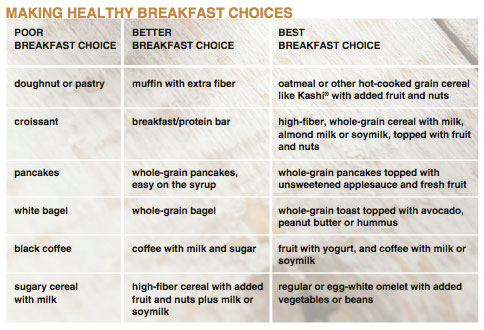
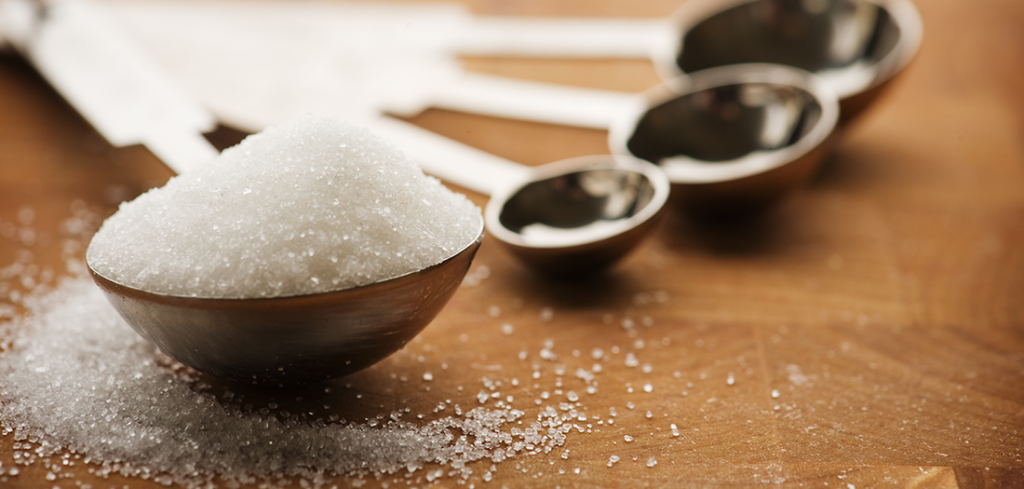
 Not Including Enough Protein
Not Including Enough Protein  Avoiding Whole Grains
Avoiding Whole Grains 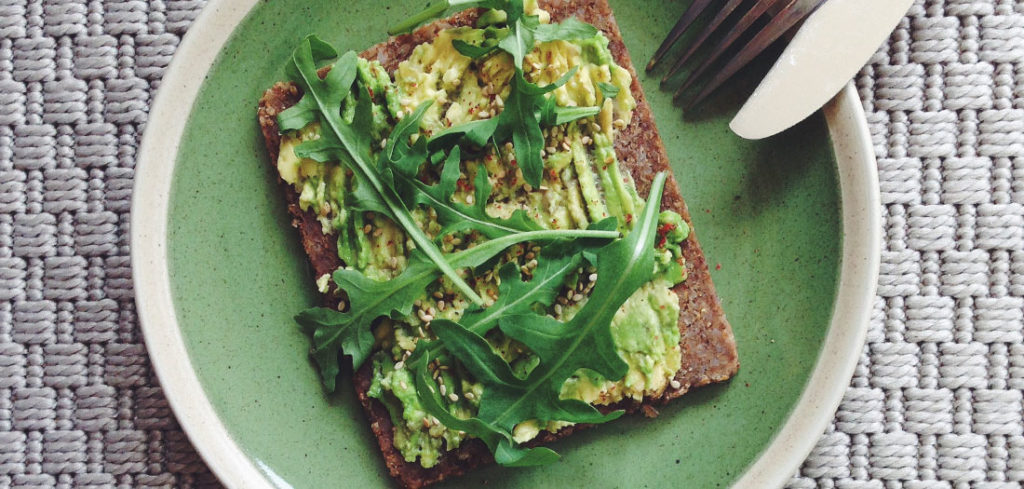
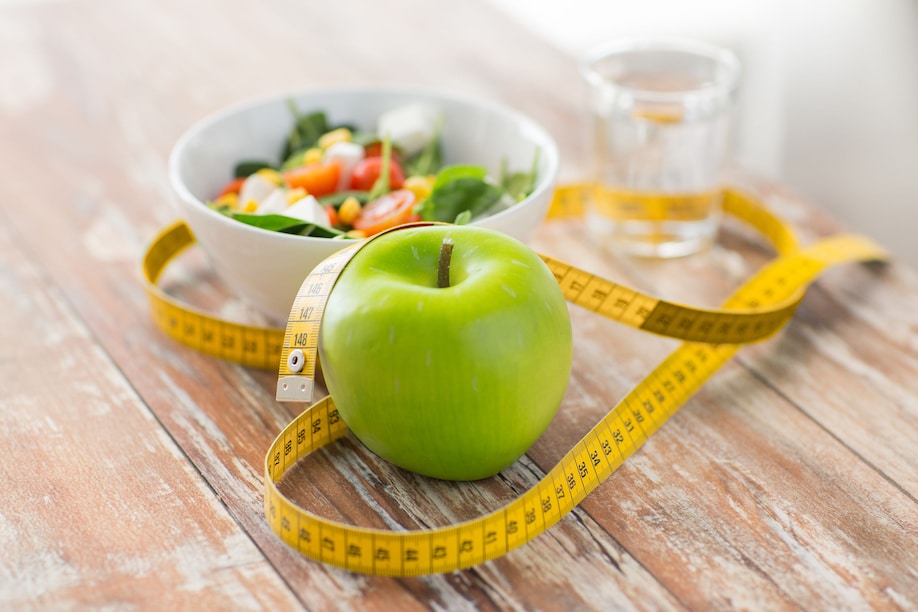


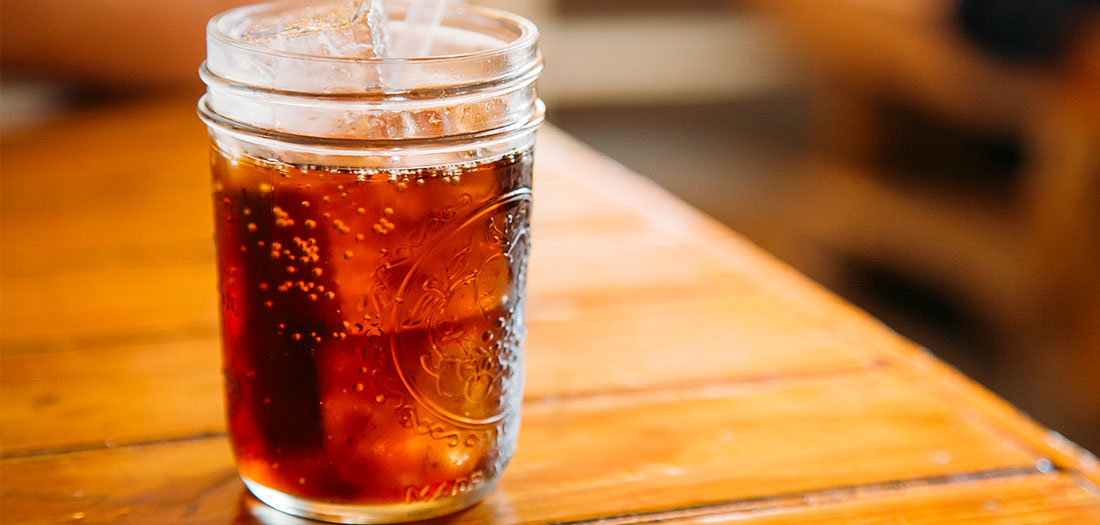
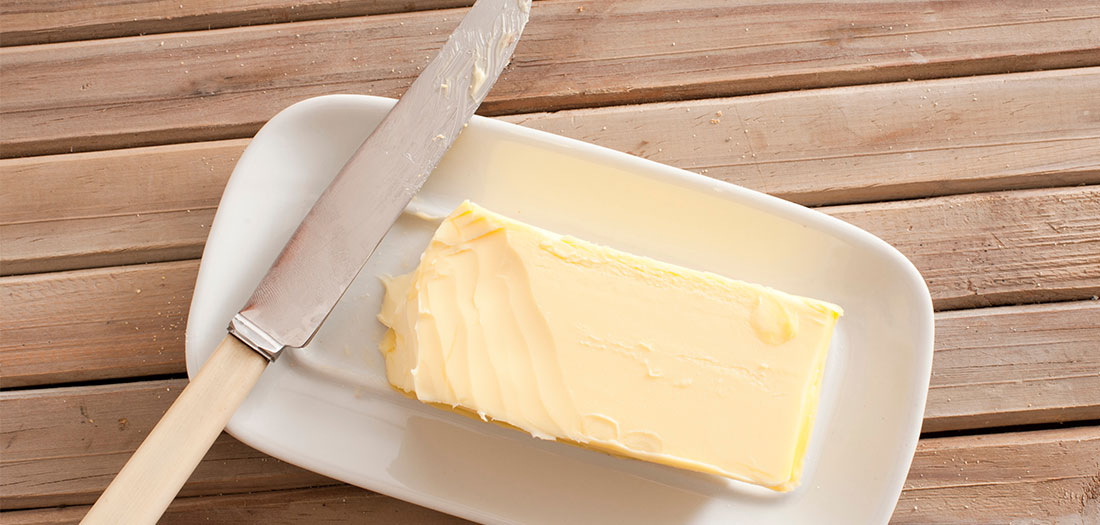

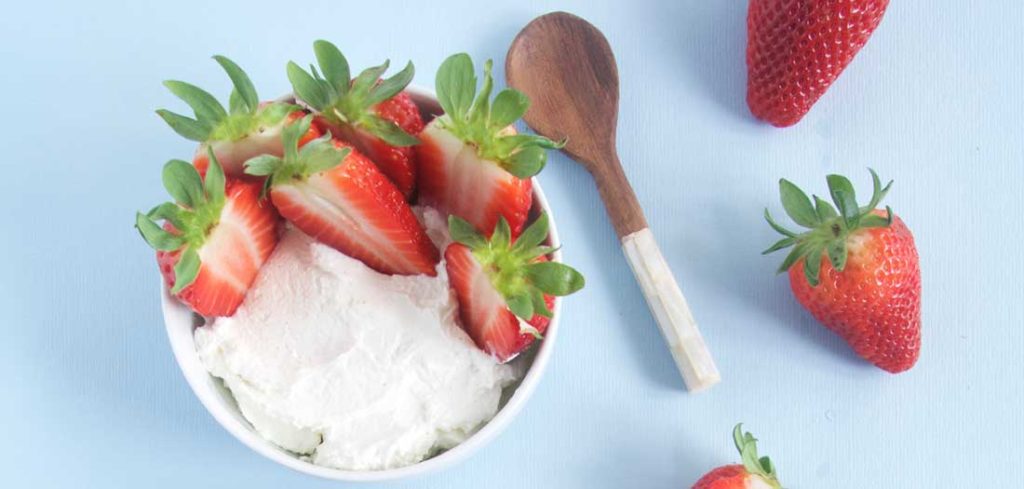

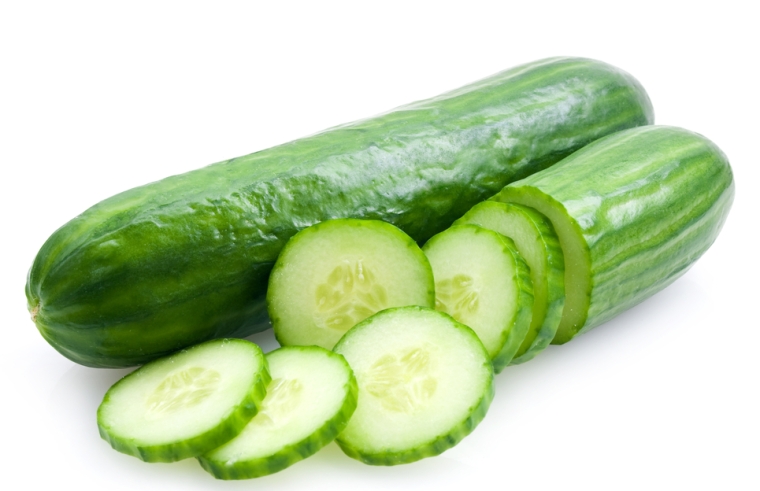

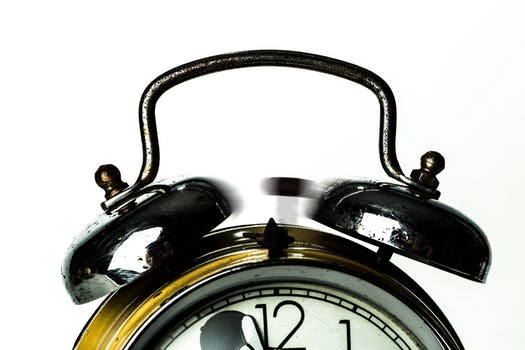
 Skipping Exercise
Skipping Exercise


